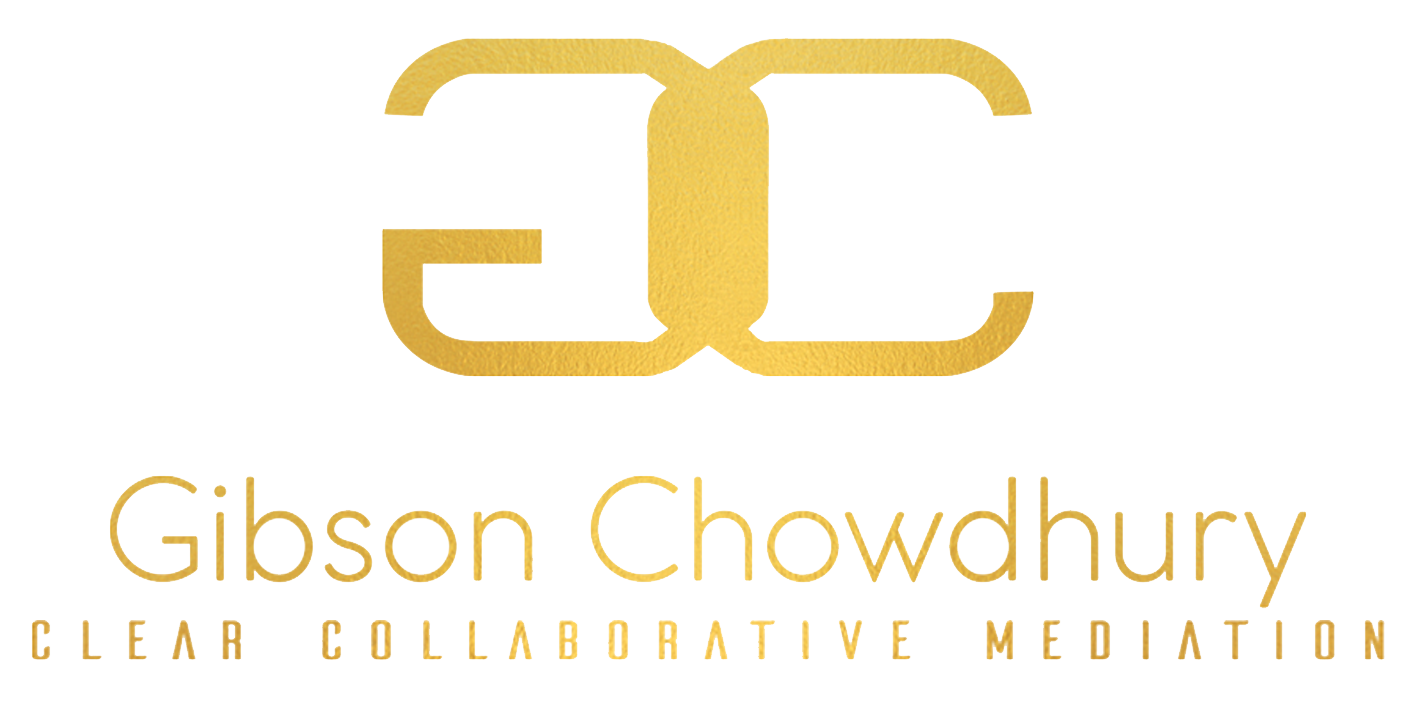
During opening statements, I often hear lawyers say to the opposing party “I come to mediation in good faith.” This is a positive message to announce at the beginning of the process and it helps reassure clients that there is a chance that the dispute will resolve.
While many lawyers come to mediation in “good faith,” what that means to each party can differ, causing the process to derail or reach an impasse. There is no absolute definition of what is meant by good faith mediation, but we can be guided by our professional ethics to meet the standards.
As a mediator, good faith means having a balanced approach to the entire mediation and not just your numbers or intentions. It requires both parties to have realistic expectations about what it will take to reach a settlement at mediation. Lawyers should make the distinction between the value of the case at trial with its inherent litigation risk and a reasonable settlement at mediation. Having a well-prepared zone of possible agreement (ZOPA) can serve as a sound guide during the process.
There are certain indicators at mediation that tell me parties are not participating in good faith.
1. The Nuisance Offer: This is my top indicator. In my years as a litigator, I found nuisance offers aggravating and unhelpful. Sure, they carry certain messaging that you would like the other party to know, for instance, “you do not have a good case and I will prove it at trial” or “I will come nowhere near that figure – the day is done!.”
Let us not forget that the purpose of mediation is to try to settle. It is a place where you can candidly verbalize your message to the other party, which can open meaningful dialogue and help your understanding of their case and narrow issues. Remember, mediation is one of the few processes where you explore several options. If a lawyer receives a nuisance offer, the worst response (that will surely derail the process) is making a nuisance offer back.
Instead, see a nuisance offer as an opportunity to make a response that will set a realistic anchor for the process. This can pull the parties back into the mediation and give them a second chance at negotiating in good faith.
2. Positional Bargaining: Lawyers often take strong positions at mediation because they believe they have a good case and can win at trial. When lawyers stay in their position without compromise, it is no longer a mediation in good faith. As a result, parties are likely to reach an impasse because there is no movement and therefore no reason to continue negotiating.
As a litigator, there were aspects in my case where I stood my ground for my clients. This is reasonable. I knew there were areas for compromise, which could make meaningful negotiation possible. If lawyers are stuck in their positions, it is always a good idea to explore aspects of their cases where there could be further underlying interests that have not been discovered. These discussions are in good faith and in the best interest of the client.
3. Tick Box Mediation (my favourite): It does not benefit the process when parties attend mediation in good faith and then state that the case is meritless and are not prepared to settle. This mostly happens in cases where mediation is mandatory.
In mandatory mediation where the parties feel there is no prospect for a resolution, lawyers should still utilize the process to test the strength of their evidence and to understand and redefine issues to help them reassess the case and re-evaluate their litigation risk. It is an opportunity to test the witness and draw out each party’s positions.
Engaging in the process helps clients, and can help you, see the issues more clearly. I have had cases where this level of engagement has unexpectedly led to well-thought-out offers and eventually, led to a settlement.
If you have booked a mediation, allow your mediator to use their skills to guide you through the process and remain open to what you may learn about the case and what opportunities may arise for settlement.


